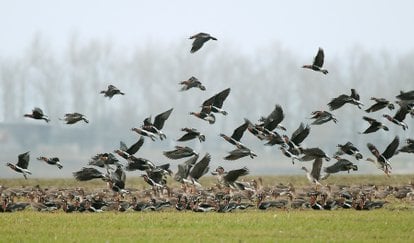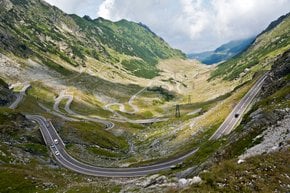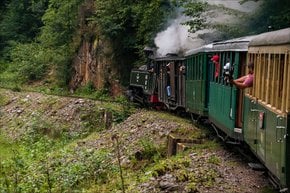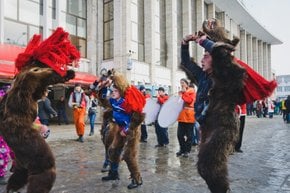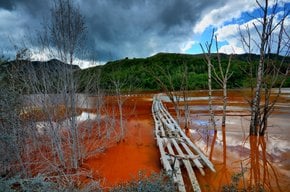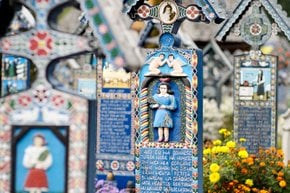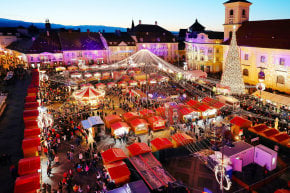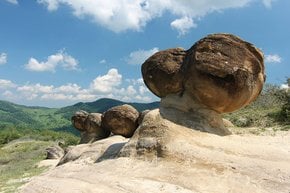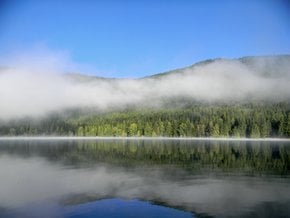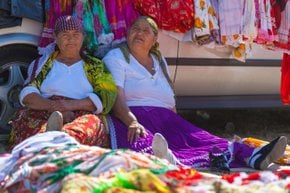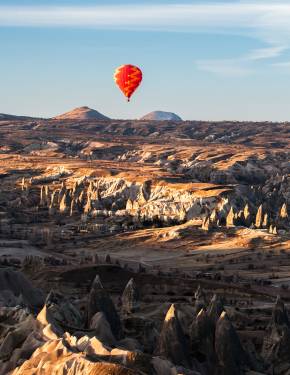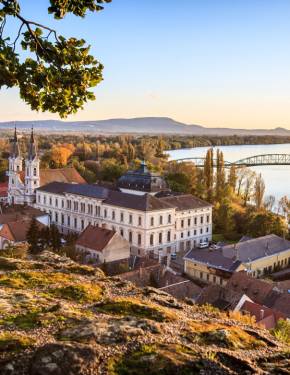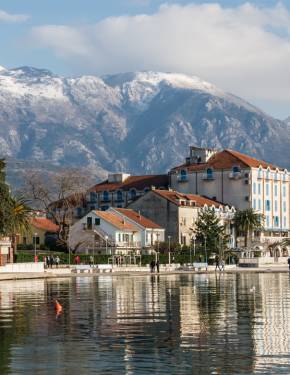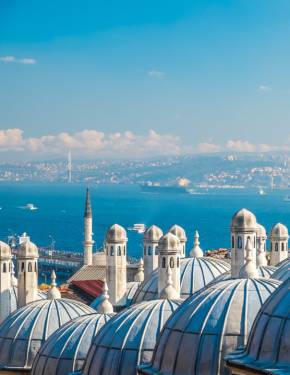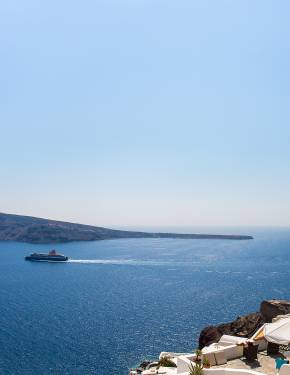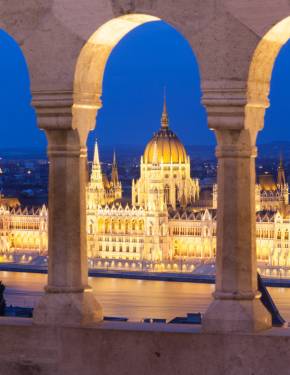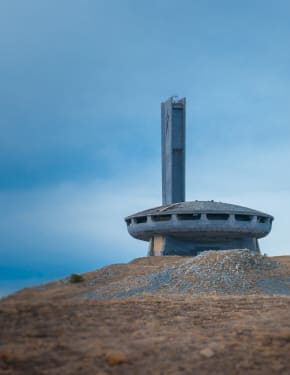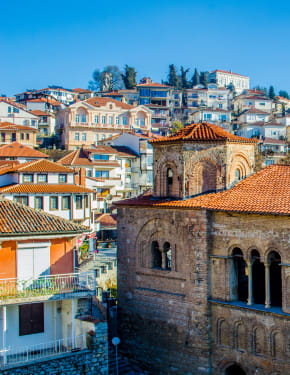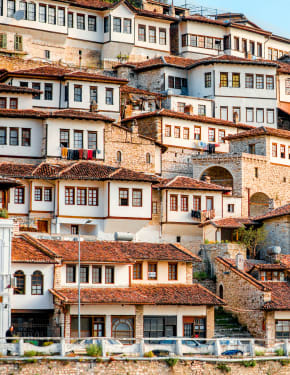Red-Breasted Goose in Romania 2025-2026
Geese with red feathered breasts come from all over the world to winter in the Romanian delta
Best time: late October–March
If, for some reason, you did not manage to visit the Danube Delta during the peak of birdwatching season during summer, winter also has its seasonal attractions for birdwatchers. In particular, thousands of red-breasted goose settle within the Delta, on the Razim-Sinoe lagoon, and further to the south.
Danube Delta Ecosystem
The Danube Delta is a vital ecosystem that sustains diverse regional habitats and wildlife. As the waters of the Danube flow into the Black Sea, they create Europe's largest and most well-preserved delta. Most of the Danube Delta lies in Romania (Tulcea County), with a small part located in Ukraine (Odesa Oblast). This remarkable area is home to over 300 bird species and 45 species of freshwater fish within its lakes and marshes. Recognized as a UNESCO World Heritage site, the Danube Delta plays a crucial role in safeguarding the habitats of species like the Red-breasted goose. It is truly a paradise for wildlife enthusiasts, particularly birdwatchers.
Red-breasted Geese
The Red-Breasted Goose (Branta ruficollis) is an endangered species worldwide. This striking goose nests in Siberia on the Taymyr Peninsula began wintering in the Danube Delta, west of the Black Sea, after 1960 due to the ample food supply there. Known for its energetic and fast flight, the Red-Breasted Goose is easily recognized by its vibrant chest and neck feathers, ranging from pure red to burgundy, and its intricately patterned head and black-striped back.
A gregarious species, the Red-Breasted Goose often mingles with flocks of Greater White-Fronted Geese, which unfortunately makes it vulnerable, as hunting of the Greater White-Fronted Goose is still permitted.
The Red-Breasted Goose follows a consistent daily routine. In the morning, it flies to feeding areas, retreats to the water by midday, and resumes feeding in the afternoon. While it feeds on weeds in its nesting grounds, in Ukraine and the Danube Delta, it prefers wheat crops, especially rapeseed.
Other Bird Species
During the winter months, visitors to the Romanian Delta can observe various waterfowl species besides the Red-Breasted Goose. The Danube Delta is home to around 300 bird species, such as cormorants, white-tailed eagles, and glossy ibises, with birdwatching season running from mid-spring to late summer. The Delta is also teeming with diverse wildlife, including fish, wildcats, foxes, wolves, and occasionally boars or deer. In total, the Danube Delta is a vital habitat for 3,450 animal species and 1,700 plant species.
Best Time to Visit
The best time to observe the Red-Breasted Goose in the Delta is between late October and March, when nearly half of the global population gathers in the Razim-Sinoe lagoon. The winter migration makes this period ideal for birdwatchers, offering the chance to witness thousands of red-breasted geese flocking together—a must-visit experience for any bird enthusiast.
Getting There
The Delta can be explored through a Danube River Cruise or day trips and boat excursions from the towns of Tulcea, Mahmudia, and Murighiol. Tulcea, the largest town in the area, offers good hotels and several restaurants known for their fish dishes. A highlight in Tulcea is the Museum of the Danube Delta, which provides fascinating insights into the region.

